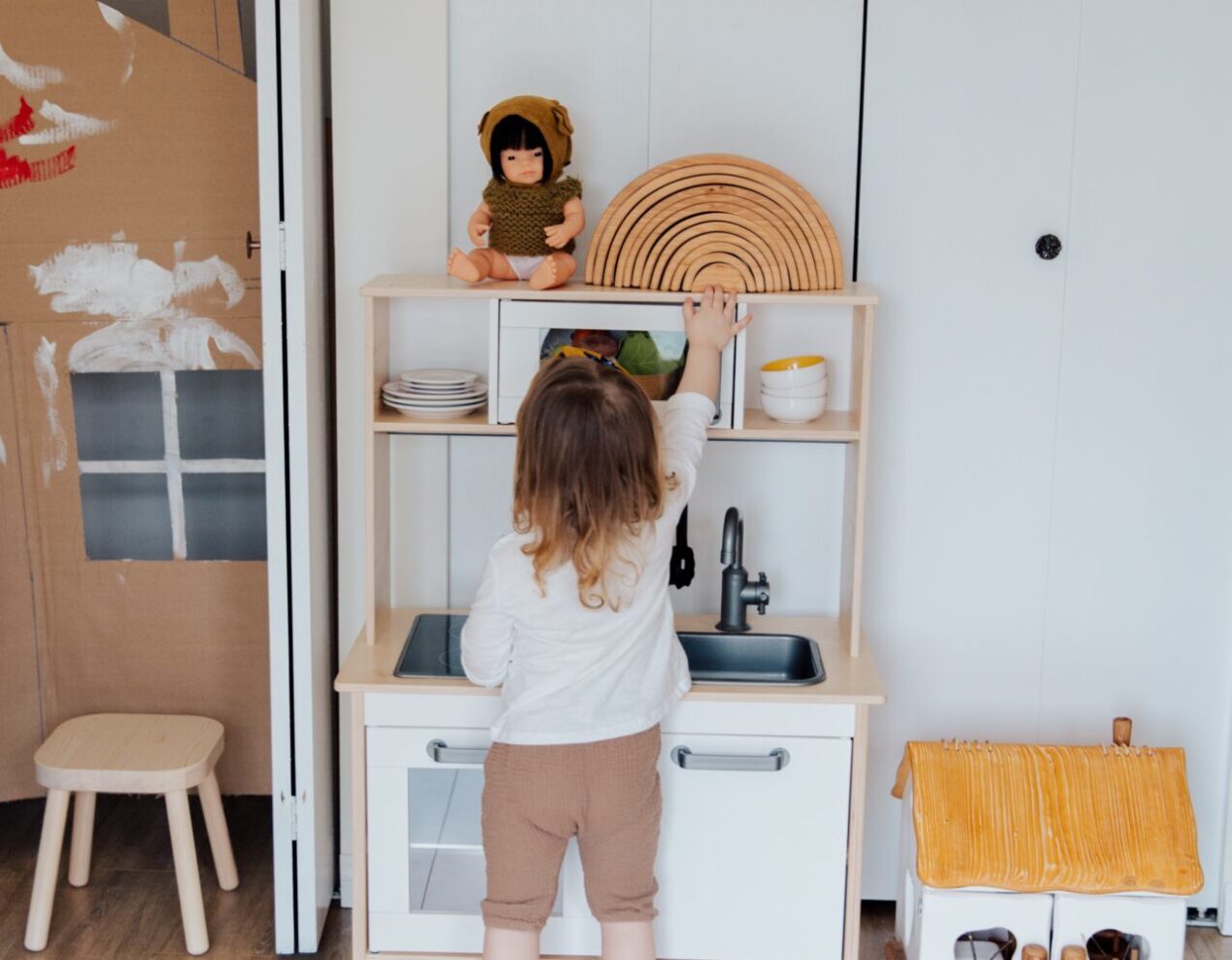Could fewer options boost your toddler’s independence?

Seemingly against intuition, promoting independence in children involves providing them with fewer choices. The world can seem vast and overwhelming to their young minds. Overwhelm often ensues when they struggle to decide among multiple options.
Child psychologists advise offering no more than two or three options at a time when children are making decisions. Although children appreciate having a say in matters, too many or too substantial choices could overwhelm or exert excessive pressure on them.
Here are some day-to-day scenarios where two-year-olds can make limited choices, and suggested phrasing to use:
Dressing up
- “Do you prefer the blue shorts or the red ones?“
If a third option is chosen (like a yellow dress), it still aligns with the primary goal – getting dressed. If a non-practical choice arises (like swimwear in the winter), try to respect their choice while seeking a compromise. Perhaps they can wear the swimwear beneath regular clothing, or designate a special place for it at home where they can wear it upon return.
Exiting enjoyable spaces
Transitioning from engaging environments such as parks or parties can be challenging for toddlers. Giving a short notice, say two minutes (or five or less than ten) before leaving can help them prepare for the transition.
- “We’ll be leaving shortly. Would you like another go on the see-saw, or prefer to feed the ducks?“
- “It’s time for shoes. Would you like to put them on yourself, or should assistance be given?“
Tidying up
Between 24 and 30 months, many children start to clean up by themselves and might wish to contribute to other cleaning tasks. The focus here is on developing a routine, rather than achieving flawless cleanliness. If they’re hesitant about tidying up, offering a choice between two minor tasks can boost their participation.
- “Do you prefer to tidy up the toys, or arrange the books?” “Do you wish to dust with your small brush, or wipe the table?“
Bedtime ritual
Even an established bedtime routine can involve minor choices, provided they don’t deviate too much from the aim of getting ready for bed. Routine Cards, with detailed images of common home routines, can be used to visually present choices to children.
- “Do you wish to start brushing your teeth, or finish?“
- “We’ll be reading a single book tonight. Here are two options: which one would you like?“
Consistency is crucial; if both books are read after insistence, it sets an expectation for two books every night.
Snacks
At this age, many children enjoy participating in food preparation. While it may be challenging when time-pressed, there are straightforward ways to offer your child choices.
- “Do you wish to slice this carrot, or wash it?“
Sometimes in the kitchen, both choices can be selected, and that’s perfectly fine.
- “Do you want a bowl of strawberries or a plate of grapes for your snack?“
- “Do you prefer to have your snack at the dining table, or the kitchen counter?“
Limited choices can be an effective strategy to avoid delays in routines. For instance, if playtime extends beyond bedtime, you could ask,
- “Do you want to skip to bed, or should you be escorted?“
Offering choices empowers children, encouraging them to develop decision-making skills while fostering a sense of independence.



